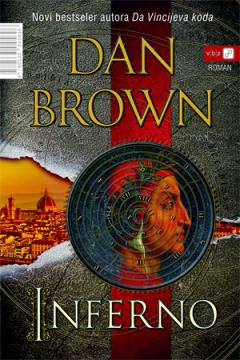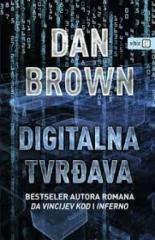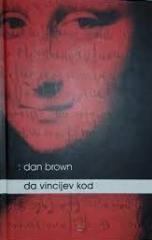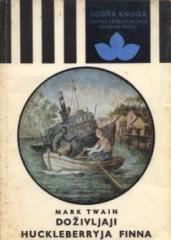
Inferno
Langdon wacht mit Amnesie in Florenz auf und flieht vor Attentätern. Gemeinsam mit Sienna Brooks deckt er eine Verschwörung des Genetikers Zobrist auf, der ein von Dantes Inferno inspiriertes Unfruchtbarkeitsvirus freigesetzt hat. Mit Kunst und Symbolen v
Dan Browns Inferno (2013) ist ein spannender Thriller, der den Symbologie-Professor Robert Langdon auf seinem Wettlauf gegen die Zeit durch Florenz, Venedig und Istanbul begleitet. Inspiriert von Dantes Göttlicher Komödie verwebt der Roman Kunst, Geschichte und Wissenschaft zu einer Geschichte über eine globale Bedrohung.
Langdon wacht mit Amnesie in einem Florentiner Krankenhaus auf und kann sich nicht an seine letzten Tage erinnern. Als er mit einem mysteriösen Gegenstand gefunden wird, gerät er ins Visier von Attentätern. Mit der Hilfe von Ärztin Sienna Brooks entkommt er und versucht, eine Verschwörung im Zusammenhang mit Dantes Inferno aufzudecken. Er entdeckt, dass ein tödliches Virus im Spiel ist, das die Weltbevölkerung dezimieren könnte. Erschaffen wurde es vom Genetiker Bertrand Zobrist, der von Dantes Vision der Überbevölkerung besessen ist.
Die Hinweise führen Langdon durch Kunstwerke wie Botticellis Höllenkarte und Dantes Totenmaske. Er begegnet mysteriösen Organisationen, darunter der Weltgesundheitsorganisation und dem Konsortium, die alle ihre eigenen Motive verfolgen. Als Langdon die Symbole entziffert, entdeckt er, dass das Virus bereits freigesetzt wurde. Es tötet jedoch nicht, sondern verursacht Unfruchtbarkeit, was Zobrist als Lösung des demografischen Problems ansieht. Der Roman gipfelt in einem Konflikt zwischen ethischen Dilemmata und dem Überlebenskampf des Menschen.
Browns Stil ist rasant, mit einer dichten Handlung und unerwarteten Wendungen. Der Roman behandelt Themen wie Überbevölkerung, Moral und menschliche Verantwortung in einem reichen historischen und künstlerischen Kontext.
Es werden zwei Exemplare angeboten





